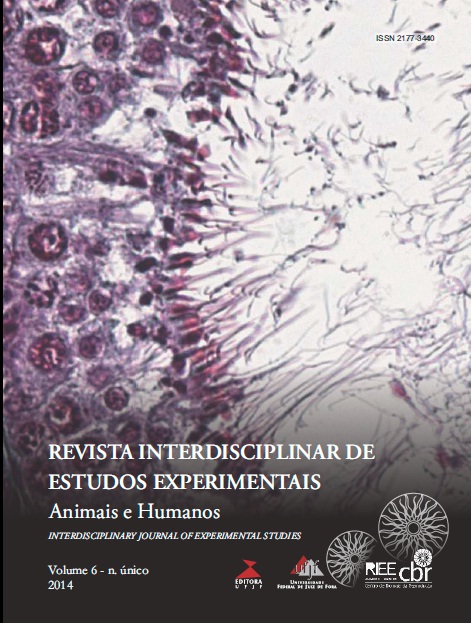The influence of comorbidities, use of drugs and institutionalization in the functional capacity of the elderly
Keywords:
Elderly. Functional Capacity. Barbacena. Institutionalization, Non-institutionalization.Abstract
Introduction: In developing countries, like Brazil, the demographic transition is characterized by a progressive increase in the number of elderly. Prevalent diseases are chronic degenerative diseases of low mortality and high disability. Functional capacity is defined as the physical and mental ability to maintain an independent and autonomous life. One of the most commonly used instruments to evaluate the functional capacity is the index of independence in activities of daily living (Katz Index). Aging as well as the demographic, socioeconomic and health factors influence this ability. Objective: The study objective is to evaluate the functional capacity of the elderly in Barbacena-MG and to correlate this fact to the presence of comorbidities, medication use, sociodemographic characteristics and institutionalization. Methods: Cross-sectional study of 81 institutionalized elderly and 254 non-institutionalized, evaluating them through the Katz Index and a questionnaire in which sociodemographic variables, comorbidities and use of continuous medicines in the 12 months preceding the interview were quantified. Results: Independent factors associated to functional capacity having statistically significant value were: to be 80 or older, to be female, living together or in long-stay institution, continually use of an average of 4.7 ± 2.8 medications and regular use of psychotropic drugs. Conclusion: Among elderly patients with lower functional capacity, there was prevalence of institutionalization, older age, higher proportion of women and increased use of medications. Different than expected, the functional dependent elderly didn’t have more comorbidities, when compared with the independents.
Downloads
Downloads
Published
Issue
Section
License
Autores que publicam nesta revista concordam com os seguintes termos:- Autores mantém os direitos autorais e concedem à revista o direito de primeira publicação, com o trabalho simultaneamente licenciado sob a Creative Commons Attribution License que permitindo o compartilhamento do trabalho com reconhecimento da autoria do trabalho e publicação inicial nesta revista.
- Autores têm permissão e são estimulados a citar e distribuir seu trabalho (ex.: em repositórios institucionais, página pessoal, trabalhos científicos, etc) desde que citada a fonte (referência), já que isso pode gerar produtividade para os autores, bem como aumentar o impacto e a citação do trabalho publicado.

